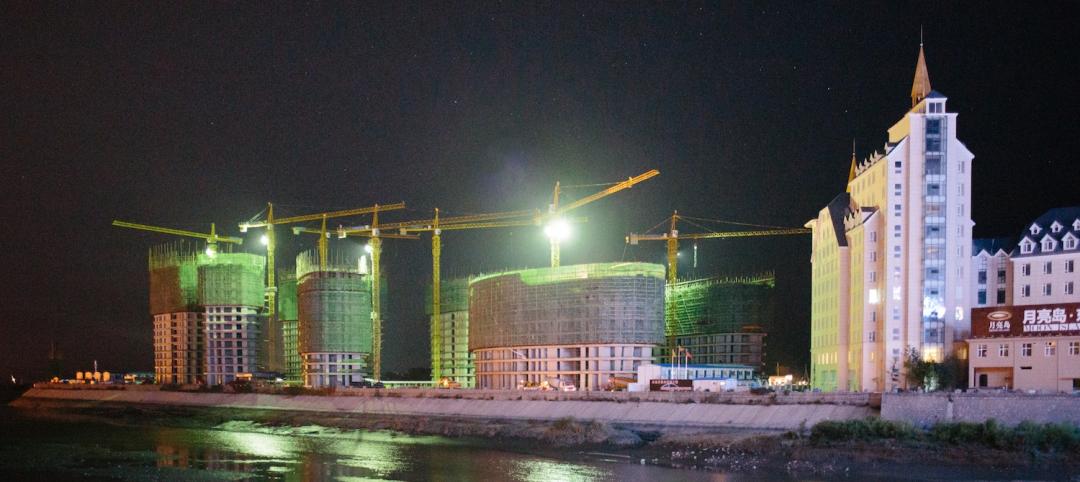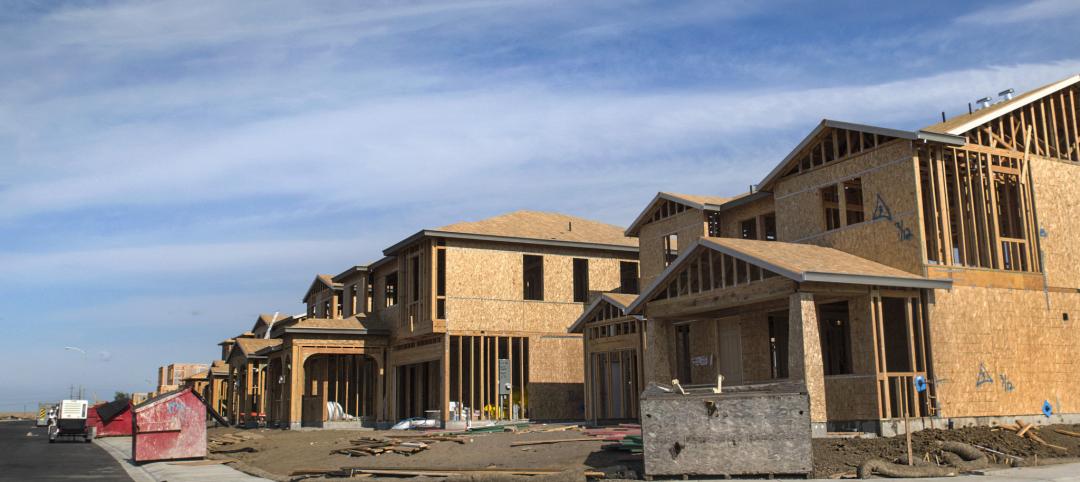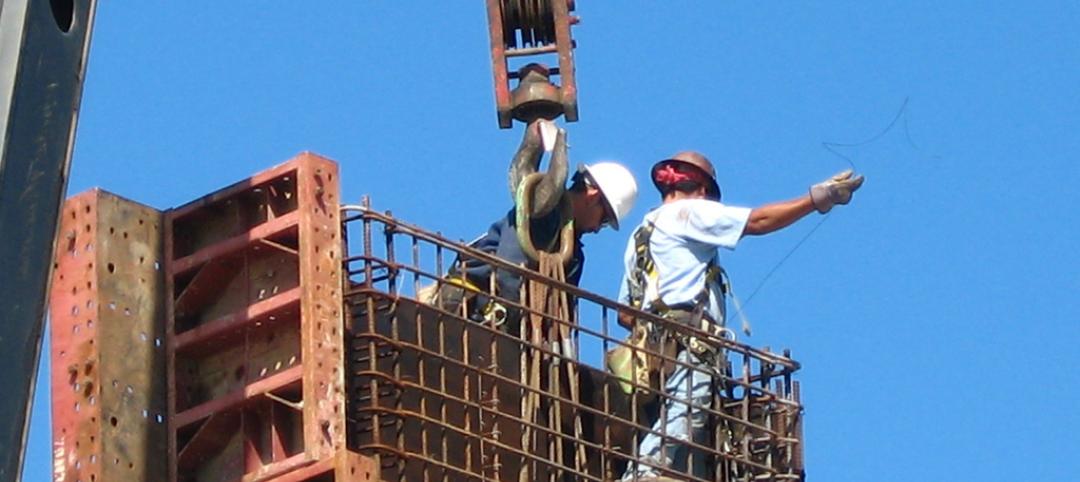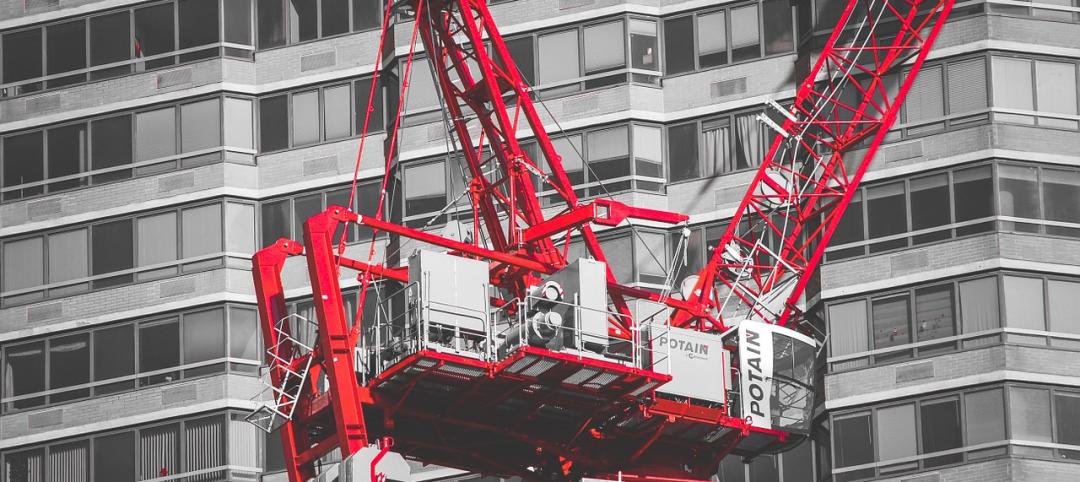The 2016 version of ANSI/ASHRAE/IES Standard 90.1, the Energy Standard for Buildings Except Low-Rise Residential Buildings, was recently released.
The update includes a new compliance path and significant technical changes affecting building envelope, and mechanical and lighting systems. The document contains 121 new addenda since publication of the previous version: the 2013 standard.
The 2016 edition contains a new compliance path, the Performance Rating Method, which is included in Appendix G. The provision was previously used only to rate “beyond code” performance of buildings; it now serves as an alternative to the traditional performance path.
Among the most significant technical changes are:
Envelope:
• Mandatory requirements for envelope verification, supporting reduced air infiltration, and increased requirements for air leakage to overhead coiling doors.
• More stringent prescriptive requirements for metal building roofs and walls, fenestration, and opaque doors.
• Improved clarity of exterior walls definitions, building orientation, and clarity around the effective R-value of air spaces.
• New requirements based on the addition of climate zone 0.
Lighting:
• Modified control requirements to simplify advanced lighting control applications.
• New exterior and interior lighting power densities based on LED technology.
• Requirements for dwelling units to set limits on light source efficacy.
• Additional controls for lighting in parking areas.
Mechanical:
• Chilled water plant metering, requiring large electric driven chilled water plants to be monitored for electric energy use and efficiency.
• DOAS requirements, adding efficiency and rating requirements for dedicated outside air systems.
• Elevator efficiency, introducing requirements for identifying usage category and efficiency class.
• Economizer fault detection and diagnostics, implementing monitoring system requirements for air-cooled DX cooling units with economizers, helping to ensure that equipment is working properly.
• New requirements for replacement equipment, such as adding economizers or fan speed control, which previously only applied to new installations.
More information on code adoption and related technical assistance is available at energycodes.gov.
Related Stories
Contractors | Dec 1, 2015
The contractor’s role in promoting job site sustainability [AIA course]
Robins & Morton’s Jackie Mustakas offers specific actions that contractors and construction managers can take to green every job site.
Contractors | Nov 30, 2015
Sundt Construction opens its own craft employee training center
The contractor's Center for Craft Excellence, in Phoenix, is in response to the labor shortages in the industry.
Contractors | Nov 24, 2015
FMI survey: Millennials in construction get a bad rap, tend to be loyal, hard-working
While the stigma exists that Millennials are entitled, disloyal, and lazy, it appears that this is not true, according to a new report from FMI.
Contractors | Nov 12, 2015
Construction will outpace worldwide GDP growth over the next 15 years
Three countries—the United States, China, and India—will account for nearly three-fifths of worldwide construction growth over the next 15 years, according to a new report from Global Construction Perspectives and Oxford Economics.
Contractors | Nov 5, 2015
Budget bill provision raises OSHA fines for first time in 25 years
Inflation-adjusted penalty hikes could go up as much as 80%.
Contractors | Nov 3, 2015
ABC, AIA & NAHB: Residential, nonresidential construction growth expected in 2016
Economists from the three trade associations discussed several indicators for sector performance in a joint web conference.
Contractors | Nov 2, 2015
ABC: September's nonresidential spending slip no cause for concern
Despite the monthly drop, September's year-over-year increase is largest in seven years. Seven of 16 nonresidential construction sectors saw spending increases.
Contractors | Oct 30, 2015
ABC: Economic growth stronger than headline GDP figure suggests
GDP expanded 1.5% during the third quarter while nonresidential fixed investment expanded by 2.1% during that period.
BIM and Information Technology | Oct 29, 2015
MIT develops ‘river of 3D pixels’ to assemble objects
The Kinetic Blocks can manipulate objects into shapes without human interference.
Contractors | Oct 28, 2015
Office construction costs highest in New York City, San Francisco, says CBRE
A CBRE report found that New York’s construction costs are more than $500 per sf. San Francisco isn’t too far behind.



![The contractor’s role in promoting job site sustainability [AIA course] The contractor’s role in promoting job site sustainability [AIA course]](/sites/default/files/styles/list_big/public/Screen%20Shot%202015-12-01%20at%209.07.23%20AM.png?itok=UyfyfxCn)












